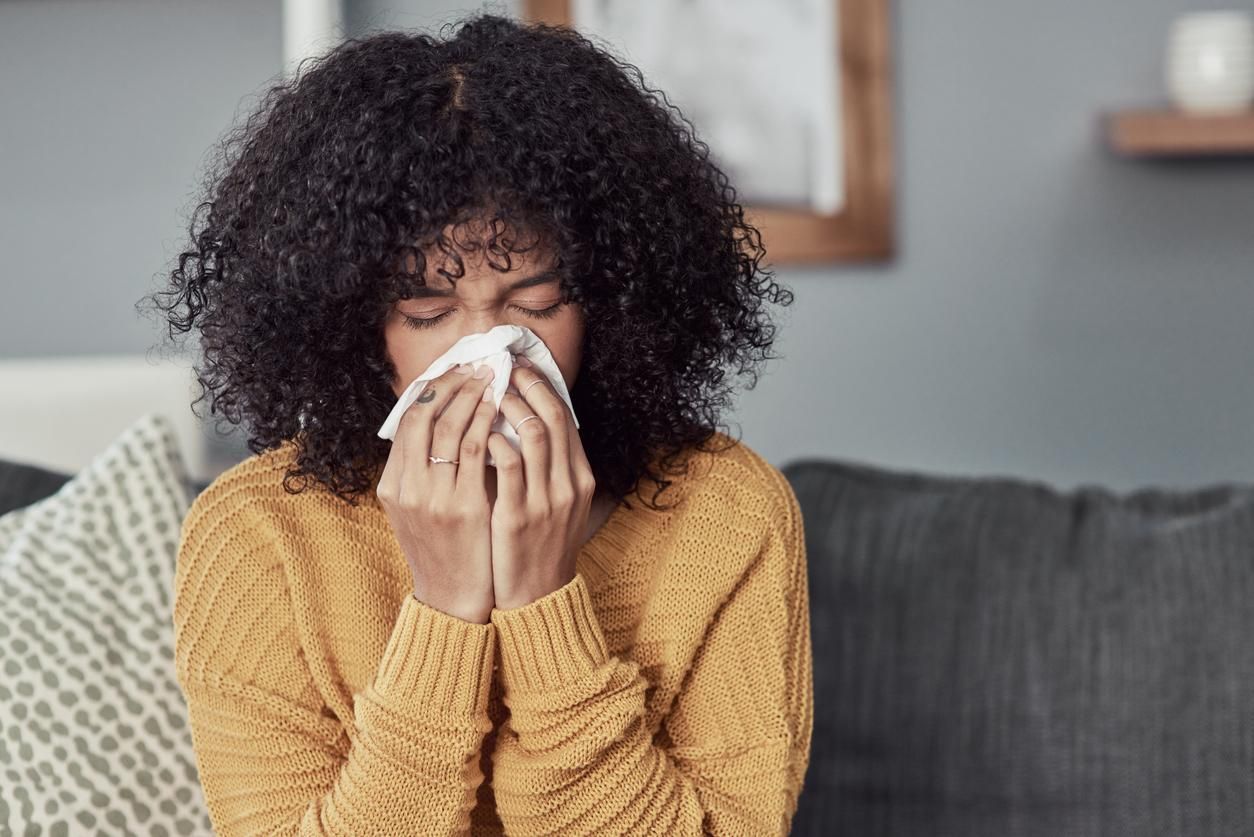We all recognize the telltale signs that a cold is coming on: sneezing, sore throat, stuffy nose, coughing. It is referred to as the common cold for good reason; it is the most commonly occurring illness. Already this season, nearly 18.2 million U.S. adults have reported experiencing troublesome cold and flu symptoms, with cough being the most prevalent symptom. In the course of a year, Americans will "catch" about 1 billion colds, according to the National Institutes of Health. And one of the reasons for this is that colds are so easily transmitted from person to person.
You can get a cold simply by touching your eyes or nose after you shake hands with someone who has a cold, wipe a child's runny nose, or even touch surfaces that have cold germs on them. You can also inhale airborne germs when someone coughs or sneezes near you.
Did you know that a cough leaves the body at 100 miles per hour? That's nearly twice as fast as a cheetah and more than four times quicker than the fastest runner in the world. Hardly leaves time enough for you to get away. So what are we to do?
Washing your hands often and avoiding contact with people who have a cold are the best strategies.
There is no cure for the common cold; it simply has to run its course. Symptoms usually begin two or three days after infection and can last two to 14 days. Some or all of the following can help relieve symptoms:
- Get plenty of bed rest.
- Drink lots of fluids to stay hydrated.
- Relieve sore throat by gargling with warm salt water, sucking on cough lozenges or using a throat spray.
- Treat your cough using an over-the-counter cold medication.
- For a stuffy nose, try a saline nasal spray or take an over-the-counter decongestant.
- Apply petroleum jelly to soothe a chapped nose.
- Take acetaminophen or aspirin to help manage headache.


